Koh Lipe Islands – Full system
$6,546.00
Full system – Back one or more households
Koh Lipe is a small island in the Andaman Sea, 70km from Thailand’s mainland, and home to 800 permanent residents. However, its power story is less idyllic – relying on pricey diesel generators, with grid-connected folks paying a steep USD 0.75/KWh. Many lack electricity altogether. Zoompower aims to transform this disparity by installing 100 off-grid solar power systems on Koh Lipe. With an annual revenue of USD 486 per system, this pledge promises a solid 7.43% annual return for our zoompower Backers. Join us in this sustainable revolution – brighter days are just a click away!
Other backer options
50% of one household – 25% of one household – 10% of one household
Description
This initiative will bring electricity to 100 households, impacting around 500 islanders and making a significant dent in local poverty. Each system, equipped with 2KWp solar capacity and 6KWh energy storage, offers flexibility for families facing relocation – a common concern for the Urak Lawoi. The solar systems drastically cut the electricity rate by 75%, down to a more reasonable USD 0.19/KWh. Not only that, but they also include a Wi-Fi station, serving both monitoring needs and providing Wi-Fi access to households. Impressive, huh?
-
100% share of a system
-
Guaranteed 7.43% return
-
Fully insured
-
Qualifies as donation (depending on your local tax laws)
The Koh Lipe Islands (Thailand)
The small island Koh Lipe is located in the Andaman Sea, around 70km from the Thailand mainland. It is Thailand’s southernmost island with a population of 800 permanent residents. Known for its pristine beauty, Koh Lipe is regarded as one of the most picturesque islands in Thailand. The waters surrounding Koh Lipe are rich in marine biodiversity. Snorkelling and diving enthusiasts visit the island to explore the vibrant coral reefs and encounter diverse marine life, including tropical fish, sea turtles, and various colourful coral species.
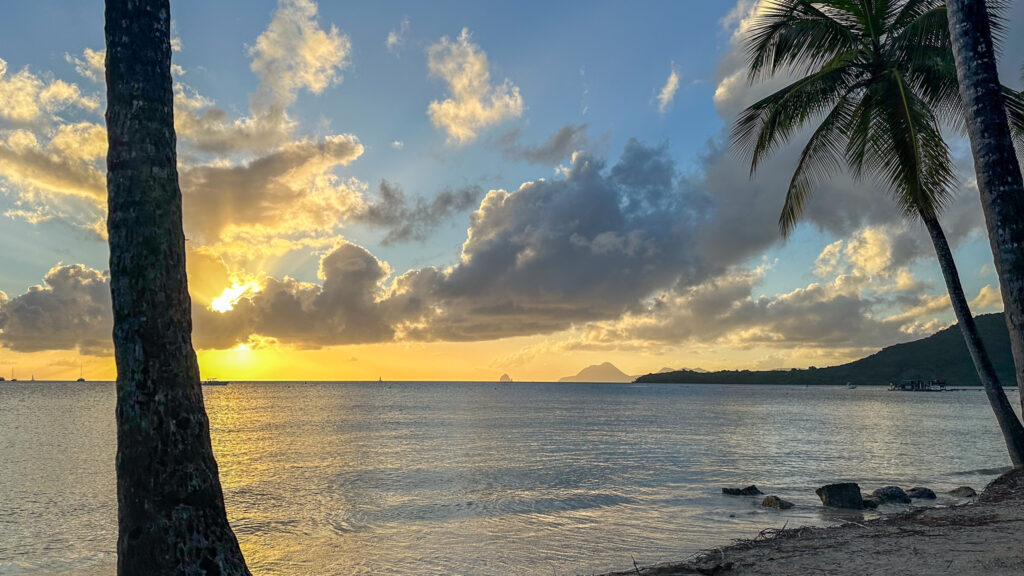
The sad Truth
When traveling by ferry from the mainland of Thailand to Koh Lipe, you will be treated to breathtaking views of the stunning beaches located within the Tarutao National Park. This national park encompasses a total of 51 islands. But as the ferry makes it way out to the sea, on its 70km journey to Koh Lipe, you will also come across floating islands of plastic rubbish. This is not an isolated issue, but the entire National Park area is heavily polluted with plastic. And this is also the case on Koh Lipe. Once you look behind the façade you see plastic rubbish almost everywhere. In the sea, on beaches and throughout the island. All drinking water for the island is transported from the mainland in plastic bottles. Drilling for fresh water on the island has resulted in a ground water level drop. The lack of waste management has led to large scale plastic pollution throughout the island. Tourists leave their plastic behind.
Meet the People of the Sea
The Urak Lawoi tribe, residing in Thai island communities, has been sailing the Andaman Sea for at least 300 years.. In their own language the word Urak stands for people and Lawoi for sea. So they are the people of the sea, often referred to as Sea Gypsies. These sea nomads were the first, and for a long period the only inhabitants of Koh Lipe and surrounding islands. Their plight began in 1974 when the government announced the national park zone over their island. This was alleviated by tycoons who turned up to claim ownership over their land, to build resorts and other tourism facilities. Except for the family of the former village chief and a few other families, the ownership of many pieces of land is still unclear and the struggle for land rights continues to this day.
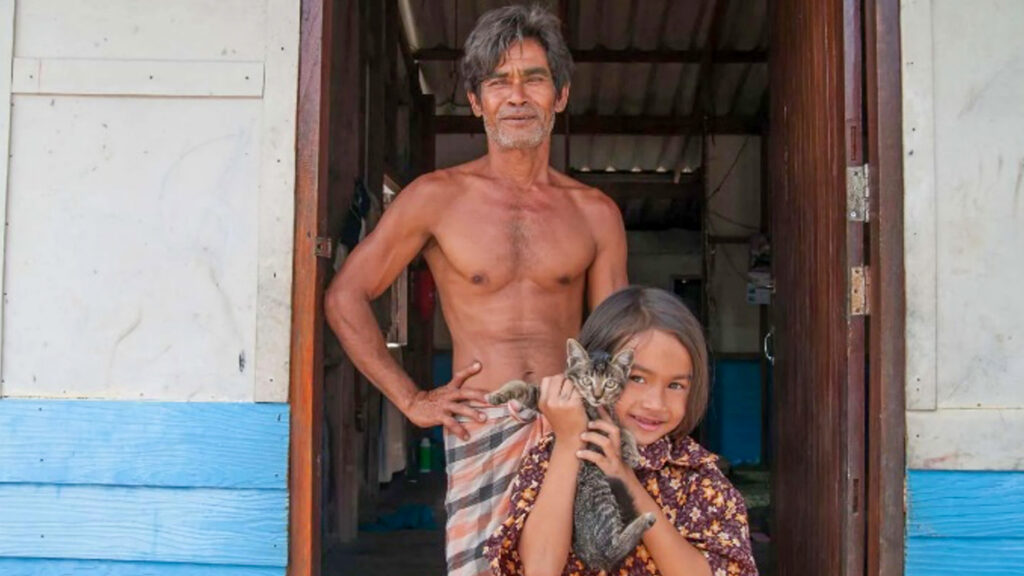
Few of Koh Lipe’s original inhabitants benefit from tourism, the resort owners prefer to work with mainland Thai. They are only asked as guides and skippers, of course they know these waters like no other. The transition to modern times has been difficult for many, especially for the older generation. Many households still live in abject poverty. The younger generation here has much less difficulty adapting to these modern times, especially when they have access to electricity and the Internet. On this island, access to electricity and to the internet is a fundamental necessity for escaping poverty and returning to a sustainable lifestyle.
The zoompower. project
The electricity generation on Koh Lipe occurs with diesel generators. This is not only an environmental unfriendly way of generating electricity, it is also extremely expensive. Those, who are privileged enough to be connected to the sparse electricity grid on the island, are faced with exorbitant electricity prices, averaging USD0.75/KWh. But there are many households, in particular amongst the Urak Lawoi people, who don’t have access to electricity at all. zoompower. aims to install 100 off-grid solar power systems on Koh Lipe, ensuring electricity is provided to 100 households and serving as a crucial step towards alleviating poverty on the island. Each system has a solar capacity of 2KWp and comes with 6KWh of energy storage. The systems will be configured as pole-mounted relocatable units.
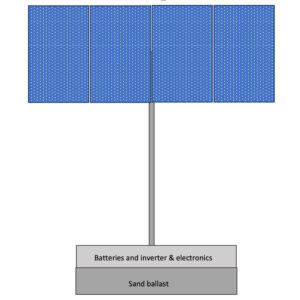
This allows for rapid re-distribution and relocation in the event that families are forced from their land, which unfortunately is a common threat for the Urak Lawoi people. The system will also come with a Wifi station, which enable zoompower. to monitor the system performance and output remotely, but it also provides Wifi access for the households.
Ko Lipe location – Google Maps
.
zoompower. – Join us in this sustainable revolution
.
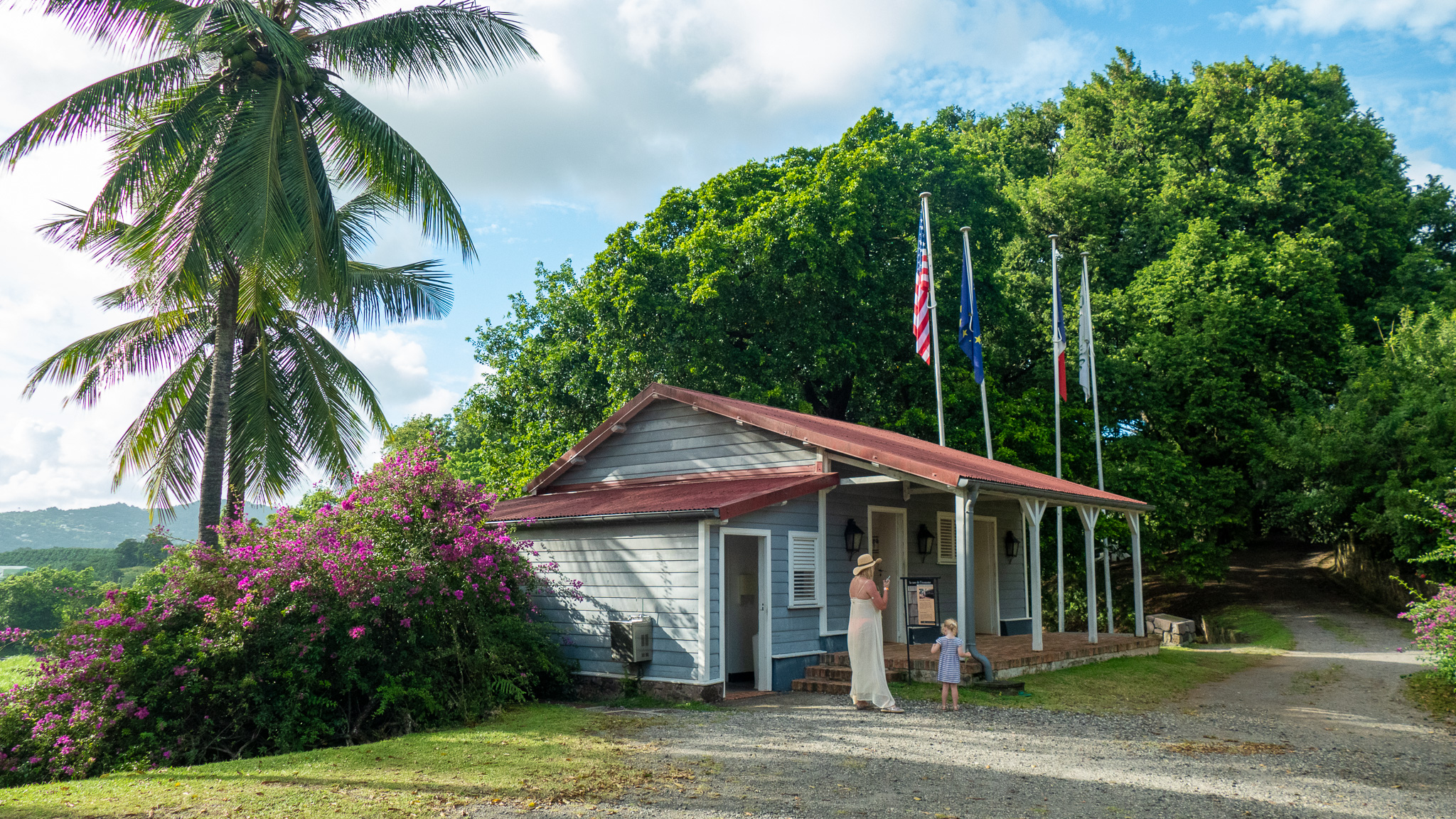
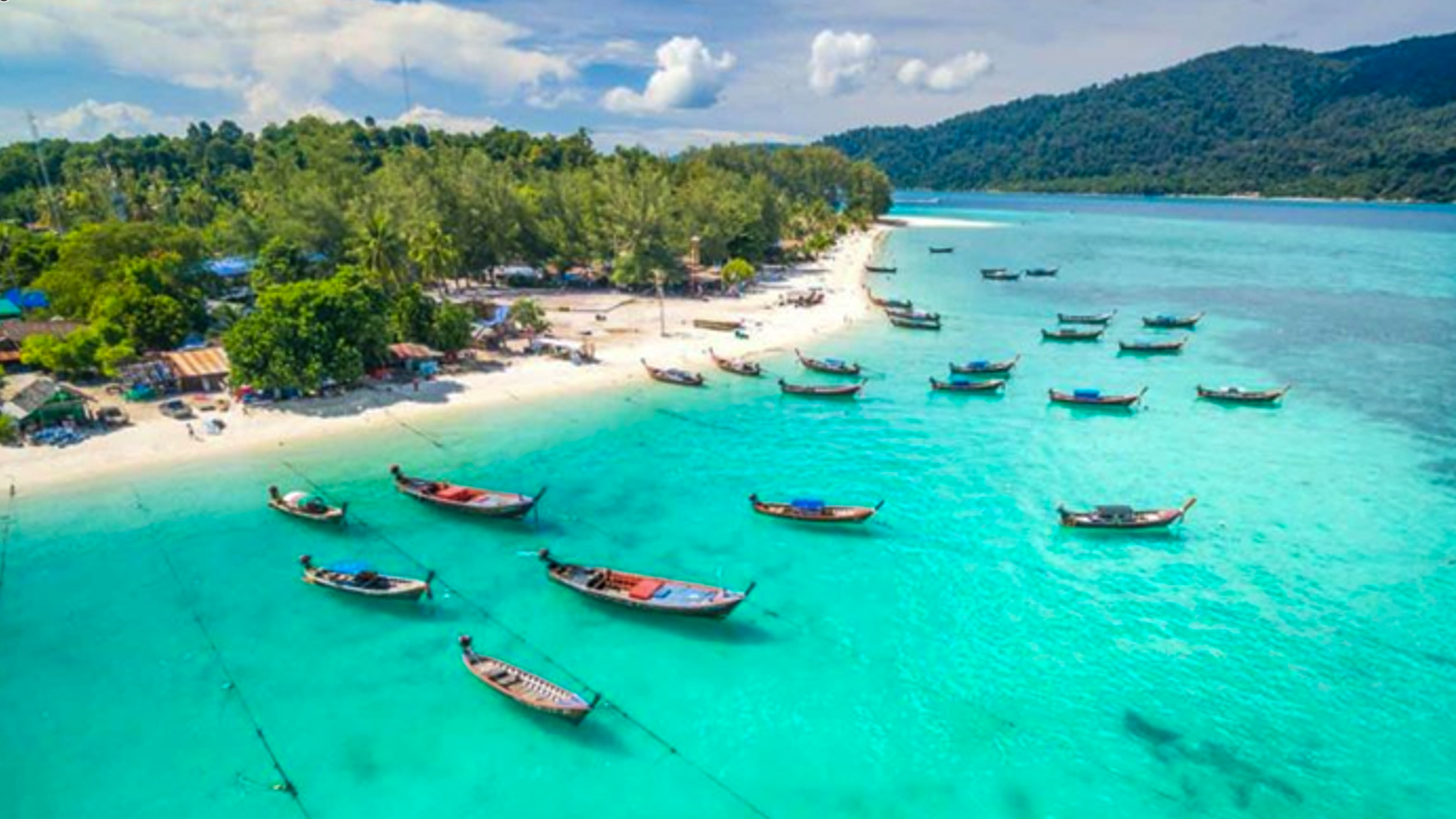
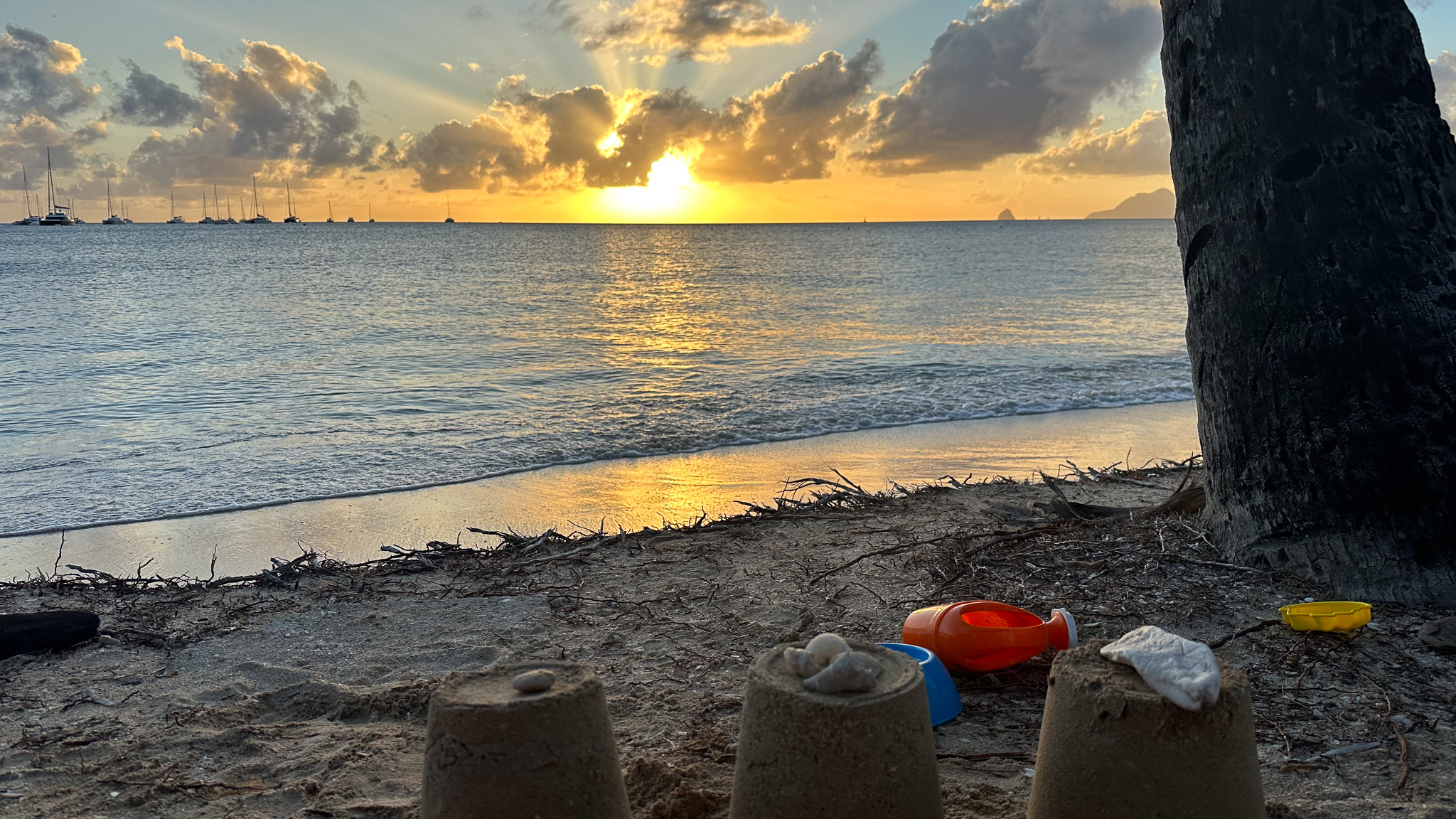
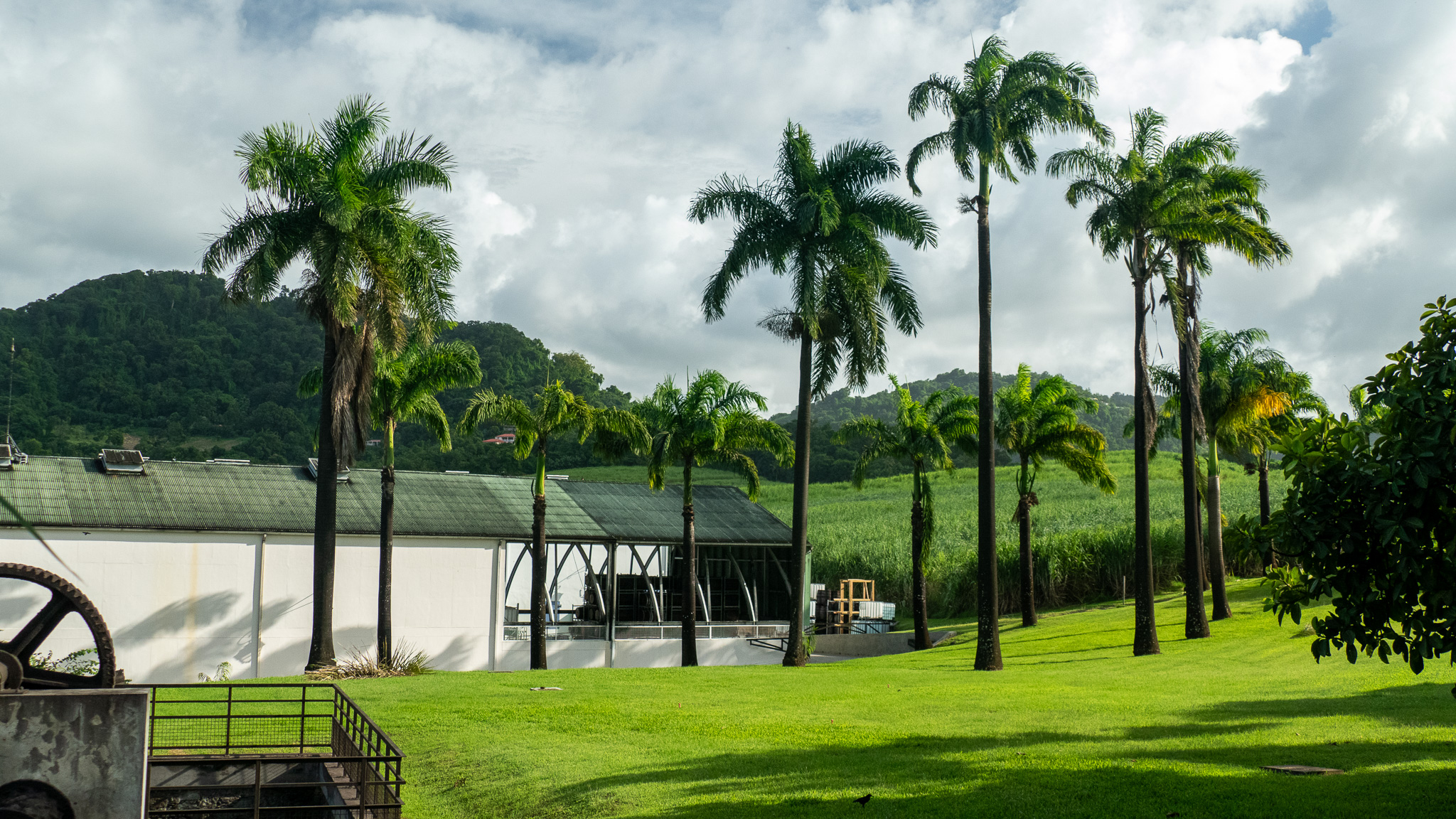
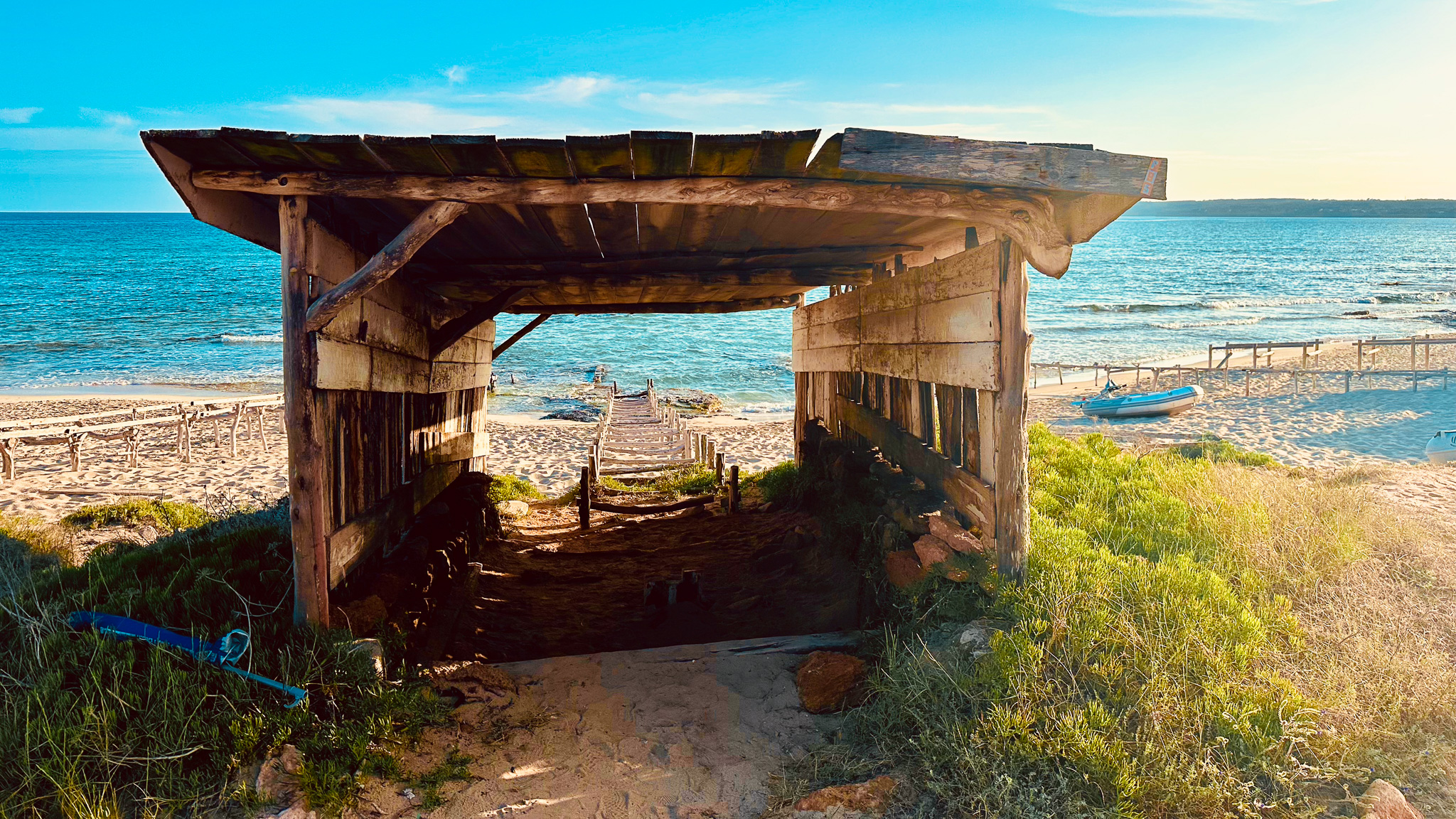
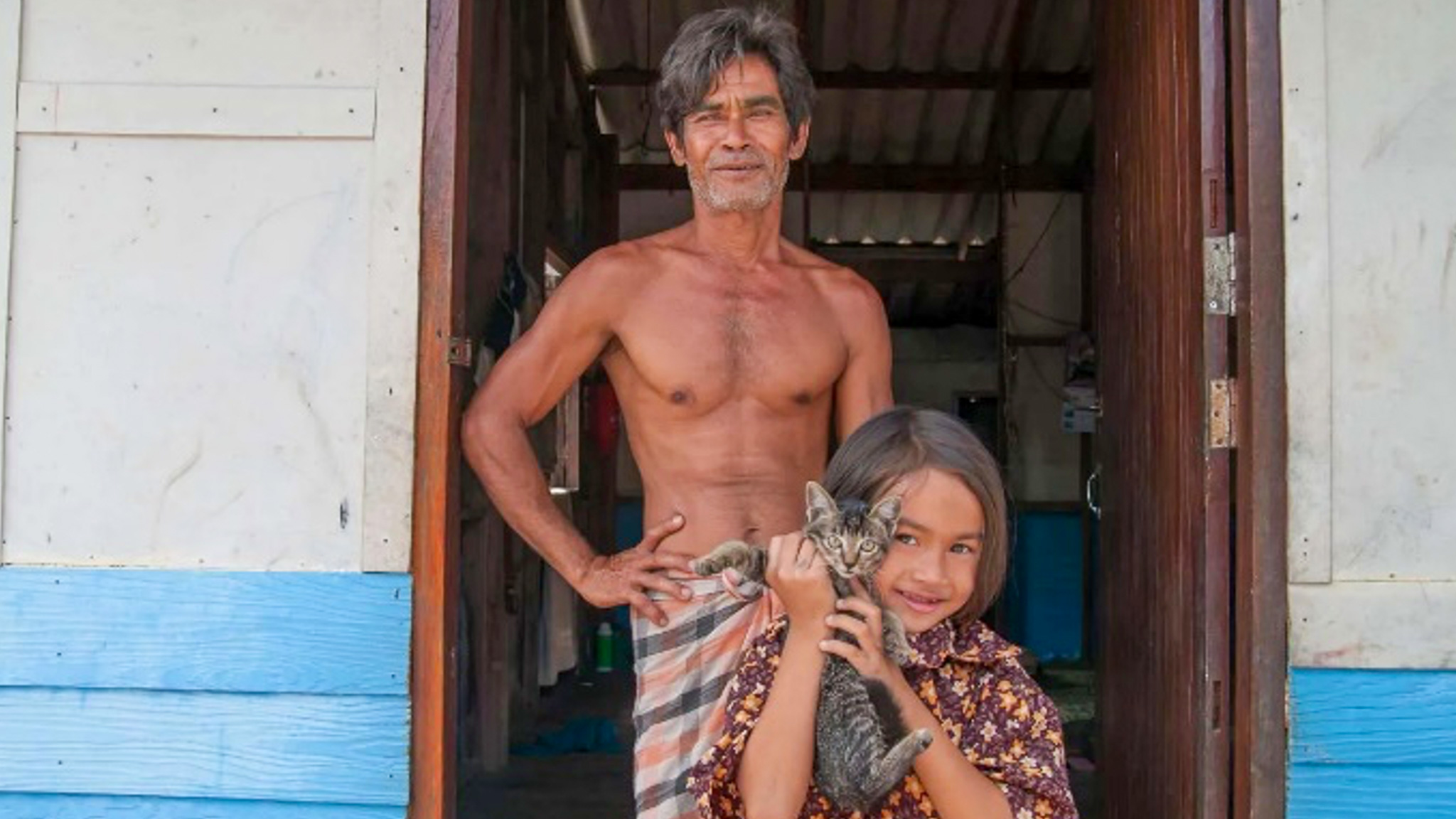
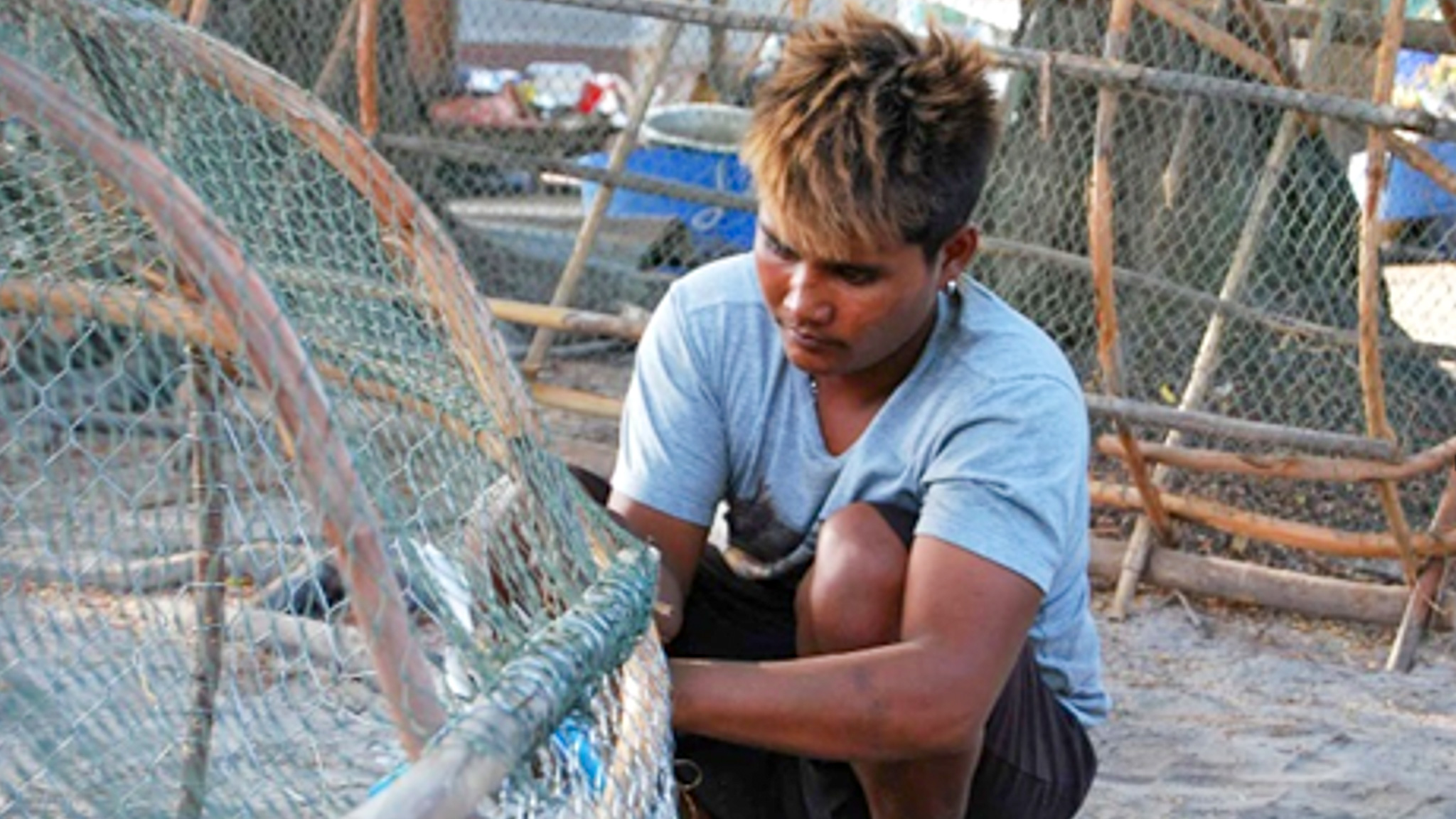
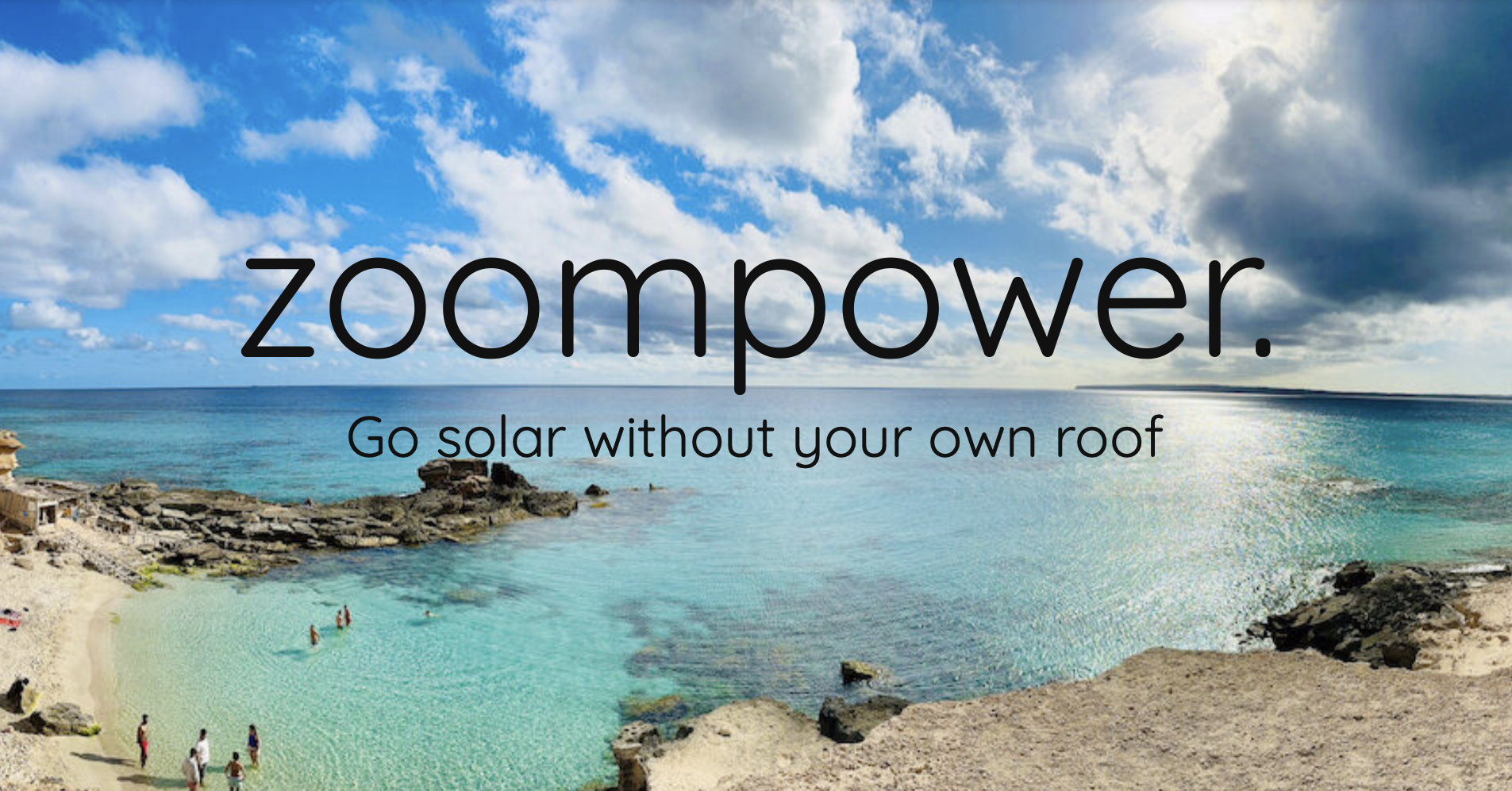
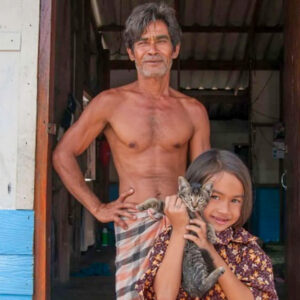
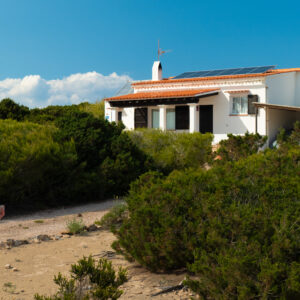
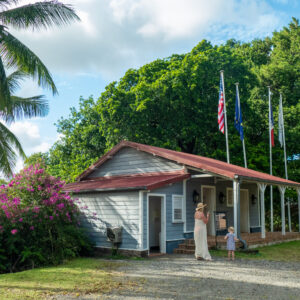
Reviews
There are no reviews yet.